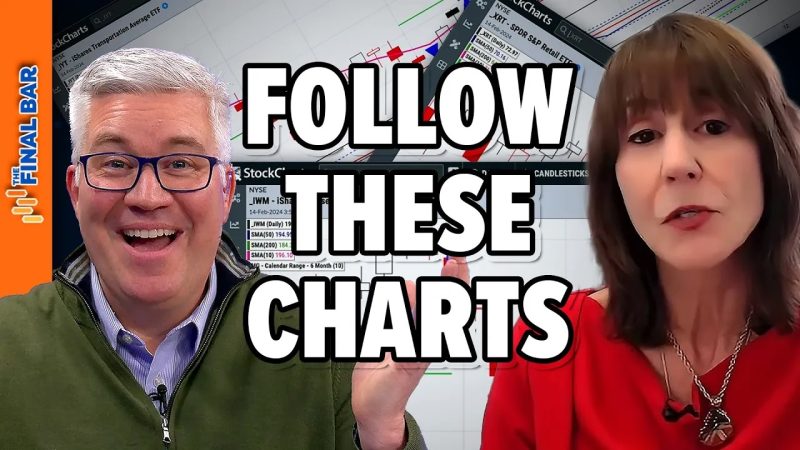Market pullbacks can be both an unsettling yet vital part of financial market conditions. It’s crucial to understand how these work to maintain a balanced, profitable portfolio. Follow these charts to master the knowledge about market pullbacks and use it to polish your investing strategies.
**Understanding Market Pullback through Charts**
Firstly, it’s crucial to comprehend what a market pullback is. A pullback refers to a sharp decline in the prices of stocks or indices, usually around 5-10%, after periods of significant onward market trends. Pullbacks can result from various reasons, including economic uncertainties, geopolitical issues, industry-specific news, or sometimes, mere market corrections.
Charting tools can be a great aid in visualizing and understanding these market movements. Let’s delve into a few charts that can help comprehend market pullbacks better.
**Bar and Column Charts**
The simplest way to track market pullback is through bar and column charts. These provide a solid foundation for identifying market trends or swings, including pullbacks. Each bar in these charts represents a specific period (a day, week, or month). It consists of four key points: the opening & closing price (marked on the bar) and the high & low price (marked by the bar’s length). A series of smaller or lower bars typically portray a market pullback.
**Candlestick Charts**
Candlestick charts work similarly to bar charts, providing four key points of data. However, they add a visual dimension making it easier to interpret market trends. In a bearish market, ensuing pullback is marked by a series of shorter or smaller ‘filled’ candlesticks compared to previous larger ‘blank’ set of sticks.
**Moving Average Charts**
Moving averages often serve as support and resistance levels, making them invaluable during market pullbacks. A moving average chart smoothens price data over a specific period, helping ignore market ‘noise’ and focus on the overall direction. When prices drop significantly below their moving average, it might indicate a pullback.
**Volume-Price Trend Charts (VPT)**
VPT charts couple price and volume data, thus aiding in confirming the strength of market trends or probable pullbacks. A sharp increase in volume coupled with a downfall in prices can indicate a potential market pullback.
**Bollinger Band Charts**
Bollinger Bands, named after financial analyst John Bollinger, encompass price levels with two standard deviations from a simple moving average line. The widening of bands indicates increased market volatility, and when the prices touch or cross the lower band, it signals a potential pullback.
**RSI and Stochastic Oscillators**
RSI and Stochastic Oscillators are momentum indicators, offering potential reversal signals, that might include pullbacks too. Both use a scale of 0 to 100, with levels below 30 often regarded as oversold conditions (hinting a pullback) and above 70 as overbought.
**Market Pullback – An Opportunity?**
While market pullbacks can strike fear into investors’ hearts, they can also be seen as an opportunity. Seasoned traders view pullbacks as chances to invest in valuable stocks at lower prices. You, too, can leverage the charts mentioned above to identify such opportunities.
However, remember that no chart or analysis can 100% predict market movements. Market pullbacks can sometimes be precursors to extended downturns, trending towards bear markets. So consider multiple factors (charts, financial news, economic indicators) and ensure sound risk management for a balanced approach towards investing.
With the right tools and understanding, you can navigate market pullbacks strategically and potentially turn market volatility into an investing advantage.
